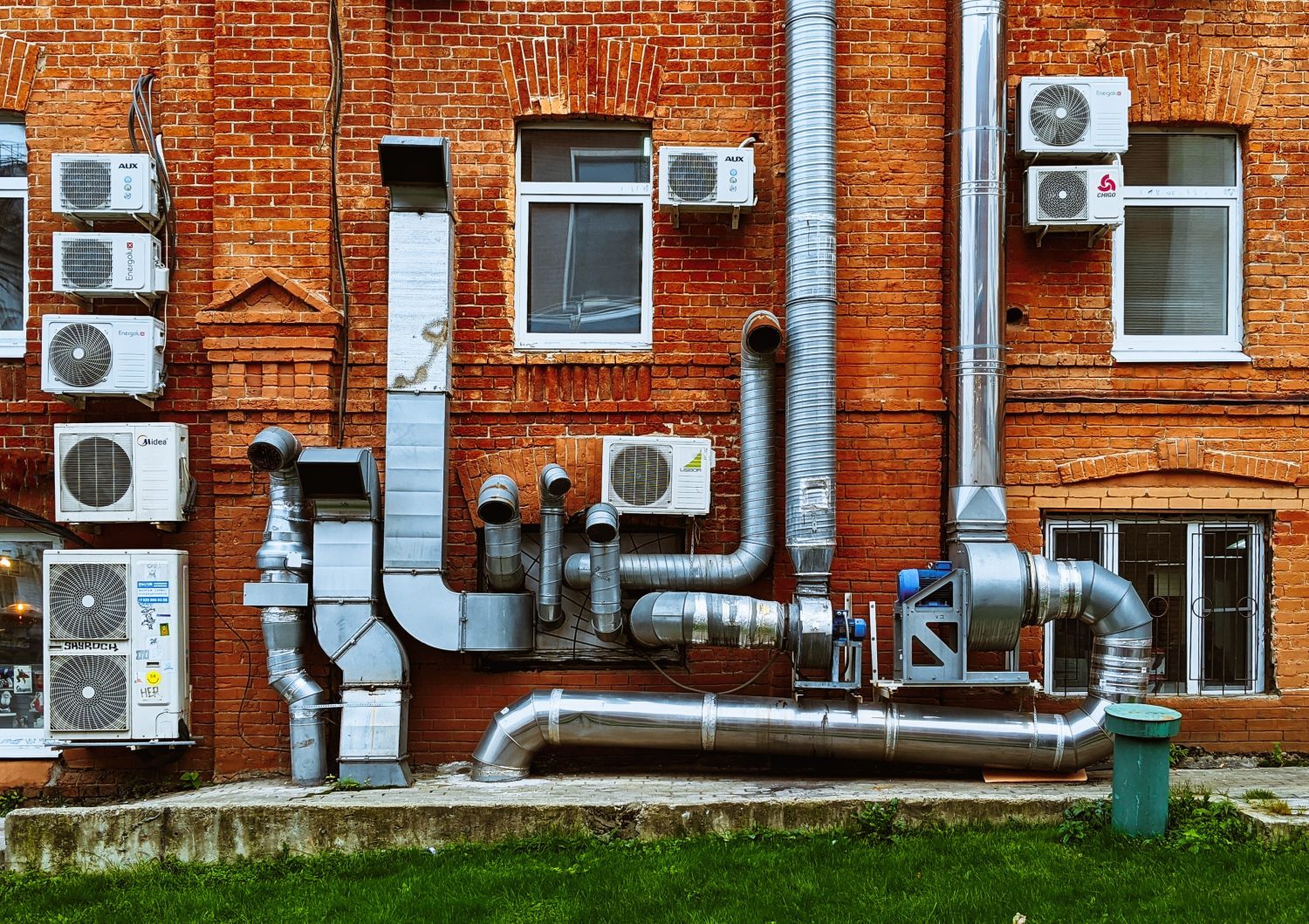Structural and architectural steel fabrication sound exactly the same and there’s no denying that they are similar. However, there are a few key differences worth noting that we’re going to cover in this guide. Before we get into that though, we need to explain what both of these fabrications are…
What is structural steel fabrication?
Structural steel fabrication is the process of creating metal products with the intended purpose of being used for projects that require a reliable structure. It often involves cutting, bending, and assembling steel parts with exact precision to ensure the quality and longevity of the structure. You can see a more detailed look at these steps below:
- Cutting – fabricators must take a lot of care when cutting the steel parts to the exact sizes needed. Different methods of cutting can be used depending on the desired final product.
- Bending – sheet metal pieces can be bent to fit the requirements of bespoke projects using the best and most advanced technology.
- Assembling – when the parts have all been through strict quality checks, they are ready to be assembled into the final product. This will often involve welding and/or bolting.
- Cleaning and painting – the final steps are making sure the product is free of dirt or debris from the other steps in the process. And adding the finishing touches like protective paints and coatings that make the steel look how the client wants and adds additional corrosion prevention and protection from the weather for outdoor projects.
Structural steel is often found in industrial equipment, high-rise buildings, construction tools, and much more. It is an essential part of our society and features in a wide range of big and small construction projects. In many cases, the look of the structural steel is not as important or the main focus of the project unlike in architectural fabrication.
What is architectural steel fabrication?
Whilst the process of architectural and structural steel is pretty much the same, architectural steel places much more importance on the visual aesthetic of the final product. Architectural steel normally has to be just as functional and reliable as structural steel with the added element of making it look as good as possible. Especially if it’s going to be on a public building that a lot of people will be seeing and using.
An example of this is decorative railing, it often has to be designed to look nice and make an architectural statement, particularly on spiral staircases. But it is also highly functional and serves the purpose of protecting people from falling off stairs, landings, and walkways. Architectural metal normally brings together a support metal like steel and a finish metal to make its appearance more customisable for the required project.
Sometimes though there doesn’t need to be a functional purpose. Architectural fabrication can be used for purely aesthetic reasons like art installations and other creative projects that don’t need to serve a functional purpose.
What are the main differences between structural and architectural detailing?
When examining the specifics of a project, the primary distinction between structural and architectural is that architectural detailing is used to illustrate the layout and aesthetics of a design. Whereas structural steel detailing is used to indicate the size, scale, and forces required.
Architectural steel detailing is particularly useful for drafting more intricately detailed metal items like balconies, staircases, and balustrades. Structural steel engineers need to ensure that the foundations of the product are accurate so the end result will be functional and safe.
How are structural and architectural fabrication similar?
Both types of steel fabrication are often just as important as each other, depending on the specific needs of the client and the project. In many instances, fabricators can’t create steelwork based on solely structural or architectural detailing individually. Both areas of the process are needed for high quality steel products to be made safely and successfully. Whilst ensuring it has all the necessary features to make it efficient and long lasting for its intended use.
Why choose FEM for your next metal fabrication project?
FEM is a family-run business with specialists that have several years’ experience in creating bespoke steel fabrications for clients in a wide range of industries. We pride ourselves on providing the highest standard of metal fabrication services in a quick and efficient manner. Making the customer journey with us as smooth as possible. If you’ve got a fabrication project in mind, be sure to contact us today to discuss your requirements and see how we can help.




